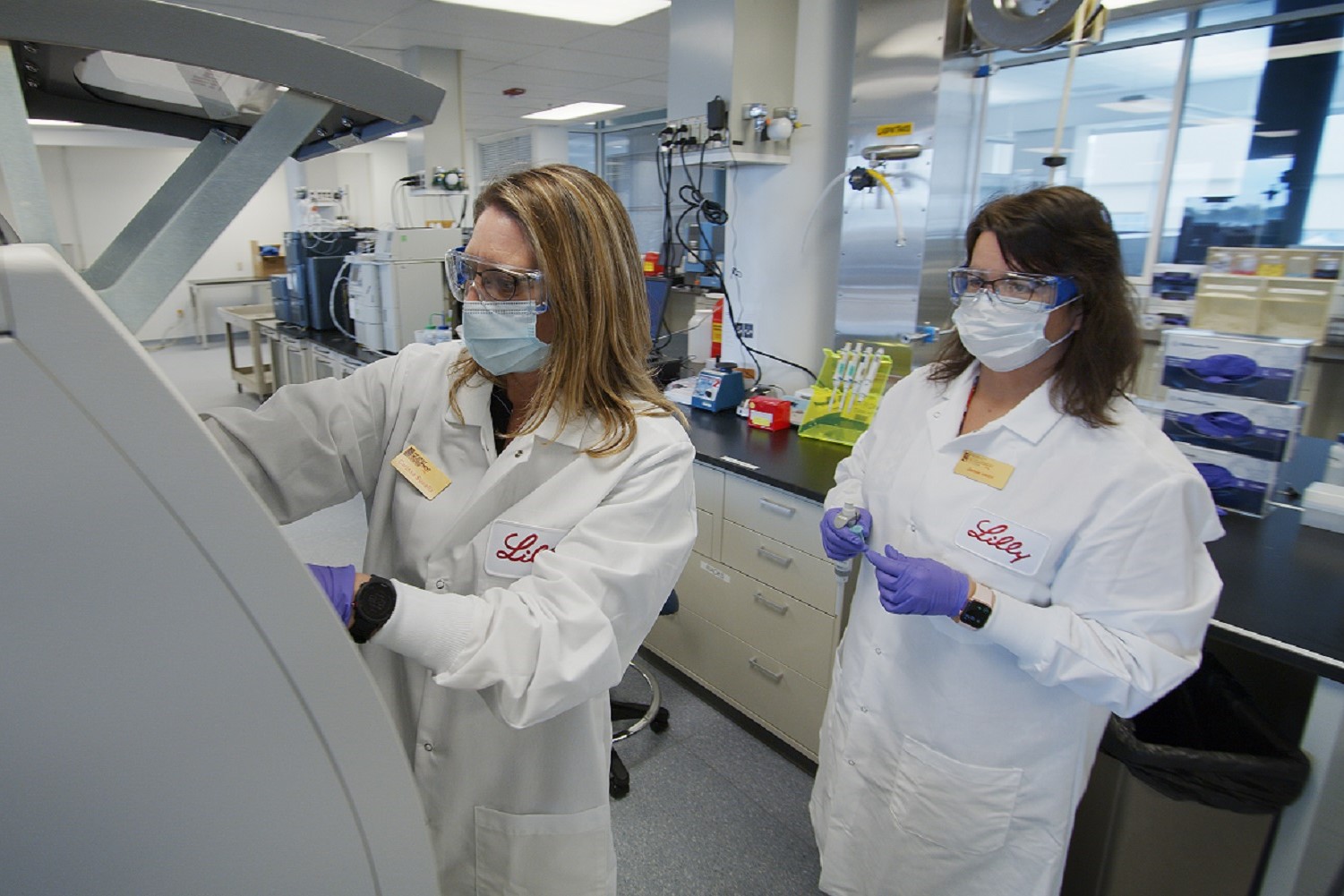An Aurora, Ohio subsidiary of GE Healthcare is teaming with clinicians and researchers at Cincinnati Children’s Hospital Medical Center and Ohio State University to find better ways to take magnetic resonance images of children.
GEHC Coils Inc. in Aurora — the former USA Instruments Inc. — will use a $1 million Ohio Third Frontier grant to work with the medical center and Ohio State’s Davis Heart and Lung Institute to design, build and validate MRI coils and surgical fixation devices for children.
The pediatric coils developed from MRI Imaging and Devices for Pediatric Populations project would be used for taking MR images of children’s heads, hearts and other body parts, GE Healthcare said in a release. The Ohio-based collaboration also would develop new ways to keep children still during surgeries that use MRI technologies.

With the Rise of AI, What IP Disputes in Healthcare Are Likely to Emerge?
Munck Wilson Mandala Partner Greg Howison shared his perspective on some of the legal ramifications around AI, IP, connected devices and the data they generate, in response to emailed questions.
The project belongs to recent efforts to encourage the development of medical devices specifically for children. There is a significant unmet need in several clinical areas for pediatric medical devices, according to the Food and Drug Administration. Yet, potential markets for the devices often are too small for most companies to care about, so doctors end up adapting adult devices for children.
“Use of coils designed for adults result in poor resolution or inability to image small body structures in children,” said Jim Davis, general manager of GE Healthcare’s MR business, based in Waukesha, Wisconsin. “This collaboration will help us produce images with superior clarity to help clinicians improve imaging of pediatric patients.”
MRI seems ideal for pediatric imaging. It has the ability to display anatomy in detail, providing radiologists many ways to examine living tissue without surgery or radiation. In a similar vein, the Alliance for Radiation Safety in Pediatric Imaging has been campaigning for lowering radiation dosages (pdf) for children who get computed tomography (CT) scans.
“Specialized imaging coils and surgical stabilization devices specifically targeting anatomy for young children would be extremely valuable in enhancing the ability to obtain diagnostic images and improve the quality of healthcare for sick children,” Davis said.












